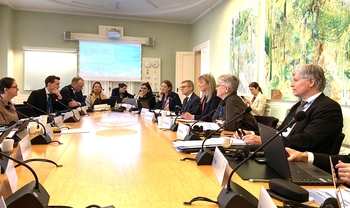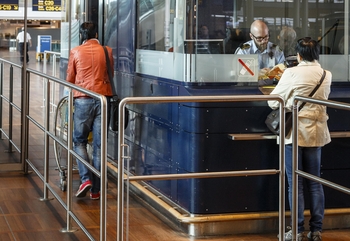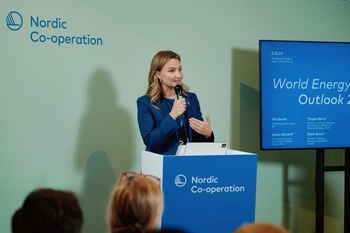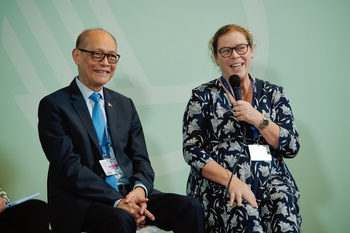Bioeconomy is vital for a sustainable future

The global population looks set to reach nine billion in 2050 which according to the UN will necessitate a 50% increase in both food and energy production. How can we ensure that this increase will be sustainable?
In the September issue of "Sustainable Growth the Nordic Way" we look at how the bioeconomy can contribute to a more sustainable future. The bioeconomy consists of the management of renewable biological resources and their conversion into food, livestock feed, bio-based products and bioenergy. The bioeconomy integrates a number of solutions for a future that is more sustainable. This can include better utilisation of industrial by-products, innovative products from existing resources, and even the cultivation of new resources like algae and seaweed.
In the forefront
The Nordic Council of Ministers has been actively promoting the transition to the bioeconomy for several years. Two major milestones on this path are the publication of Nordic Bioeconomy – 25 cases for sustainable change in 2017 and the Nordic Bioeconomy Programme – 15 Actions for Sustainable Change in 2018. The NCM has also held a leading role in the development of the bioeconomy in the EU’s macro-regional strategy for the Baltic Sea Region, acknowledging the common responsibility for the development of the region.
Two years ago, we coined the phrase Replace – Upgrade – Circulate – Collaborate to describe the Nordic bioeconomy. Perhaps it is time to add Communicate to the list.
The market for biological products is already big, and growing. So too is the demand for technological know-how, and every week we hear stories of new innovations, new policy tools and new research in the field of bioeconomy. Here we try to share a few of these stories with the interested reader.




